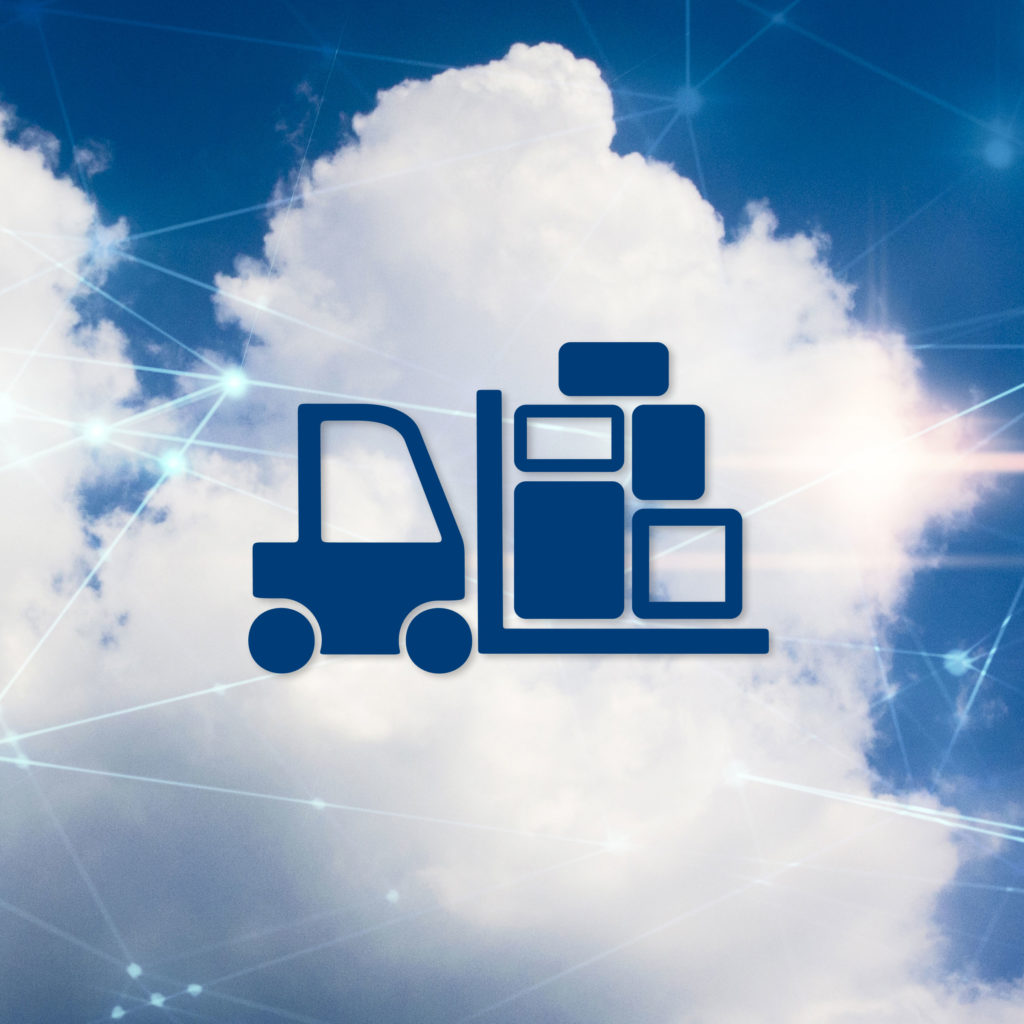Cloud-washing has been an ongoing trend among legacy application vendors as they struggle to keep up with the ongoing transition to cloud computing and storage. In a previous blog, I explored the pitfalls of vendors cloud-washing their products by lifting-and-shifting their on-premises applications to run in VMs in a customer’s AWS cloud instance. It’s expensive, difficult to manage, and doesn’t scale well.
Now, some competitors are taking cloud-washing a step further, taking a lift-and-shift approach to offering SaaS backup services. The vendor takes a backup software product that was designed to run on-premises and moves it into one or more VMs in the cloud, puts a wrapper around that software, and sells it as-a-service.
A perfect example of this is CommVault Metallic. The technology is indeed a SaaS offering, where the customer does not have to manage the underlying infrastructure or storage associated with the Commvault instance associated with their account. However, as CommVault is quick to point out, the product underneath the infrastructure is the “same old CommVault,” touting this as an advantage because the features will be familiar to their customers.
Unfortunately, this approach still doesn’t resolve the problem that any service that is based on a product not built natively “as-a-service” will still be more expensive than a service that was designed from the start as a service in the cloud. Services built from an on-premises architecture are going to suffer from the same scalability and functionality limitations as on-premises systems. Because they aren’t designed for cloud, a lift-and-shift SaaS approach is not an efficient choice for data protection.
Lift-and-shift SaaS costs more
A lift-and-shift SaaS offering is still built on an architectural approach that assumes that the software continues to run on VMs dedicated to the application with attached block storage. This requires renting infrastructure 24 x 7 and paying for block storage, the most expensive storage cloud providers offer. In contrast, services designed to leverage how the cloud operates will run VMs, databases, and other resources only when necessary, and will utilize less expensive storage options like object storage whenever possible.
Using CommVault Metallic as an example once more, the underlying infrastructure of the SaaS offering is lift-and-shifted from an on-premises architecture. This creates a large cost disadvantage to CommVault, which is then passed on to the customer. This is most likely why CommVault’s Metallic offering costs roughly twice as much as what Druva’s services cost.
The limitations of lift-and-shift SaaS
Lift-and-shift SaaS offerings based on an on-premises backup architecture will have many of the same functionality and scalability limitations as the on-premises system it’s built from. Maintenance, scalability, and security concerns all create hidden costs and headaches when working with lift-and-shift SaaS.
While it’s true that a lift-and-shift SaaS provider will take care of the typical maintenance associated with the cloud account, such as OS and application upgrades, these activities aren’t transparent to the customer. The on-premises architecture underneath means that these activities require downtime and coordination with the customer for associated client updates as well. A true SaaS offering requires no such maintenance coordination.
There are also hidden costs when a customer runs into a built-in limitation of the product. For example, one popular backup system with built-in deduplication is limited to roughly 100 TB in a single dedupe pool. When this limit is reached, a new deduplication pool is created and the first backup to go into this new pool will, of course, be a full backup and result in a significant increase in storage usage. When this happens in a lift-and-shift SaaS offering in the cloud, where the customer is paying per terabyte for the deduplicated storage they consume, the customer sees a jump in their bill without an associated reason why.
Security is another concern when a lift-and-shift SaaS offering is built from a Windows-based backup server architecture. Windows is widely exposed to malware and ransomware attacks, and lift-and-shift SaaS services based on such a server will inherit those security exposures. Notably, ransomware could potentially attack the backup server, the backup index, and even the backup data. Compounding the issue is the need for a lift-and-shift SaaS offering to appear as a local server to the data center in order to function properly. This means that the SaaS service in the cloud can be attacked by the same attacks and protocols that a bad actor would use to attack a backup server in the data center.
Subscription pricing is not SaaS
Subscription pricing is what many software products have transitioned to over the last decade. A perfect example of this is Adobe products, which almost everyone buys via a subscription. Adobe offers Acrobat for $10 per month, and the entire creative suite for $100 per month. But no one would consider that a service because you still must provide the infrastructure upon which the Adobe software will run. However, if you could run Adobe Photoshop in a web browser without ever installing local software, that would be SaaS. What Adobe offers now is subscription-based pricing, and the same is true of any other vendor that is simply selling you its boxes at an ongoing monthly fee.
Please do not confuse subscription-based pricing with SaaS, as it cheapens the value proposition of SaaS. One of our competitors is offering its hardware and software via a subscription plan, calling that SaaS. It’s not, despite what the competition may say. The idea behind a true SaaS offering is that you receive all of the functionality without having to manage the infrastructure. Subscription-based pricing offers none of that.
Bringing it home
The final post in this blog series will discuss true SaaS data protection services, what they offer, and why they are the way of the future for many. Get out of the backup business without giving up the restore business.
Learn about the benefits of transitioning from legacy data protection to cloud data protection with The definitive guide to enterprise data backup and recovery architectures.


